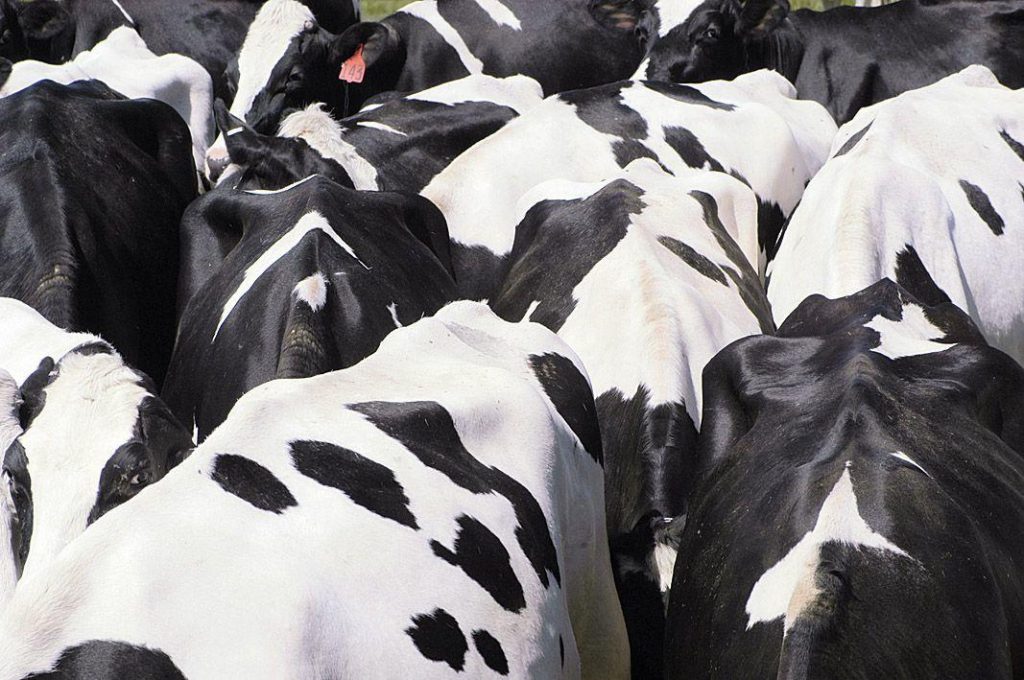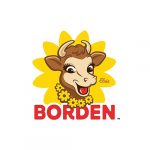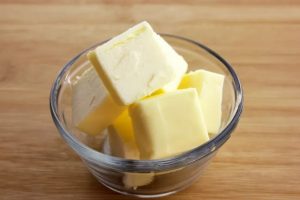
The barrels held at $1.50 per pound for four successive sessions but lost a penny on Friday to close at $1.49 per pound, 9.50 cents below a year ago, and a closer to normal 6.75 cents below the blocks. There were 16 cars of block traded last week at the CME and 29 of barrel.
The markets were closed Monday for the President’s Day holiday. However, the cheese was unchanged Tuesday, as traders absorbed the morning’s GDT. The blocks held at $1.5575 and the barrels at $1.49, with no trades.
Milk remains widely available for cheese production in the Midwest, according to Dairy Market News. Spot milk prices remain discounted however some higher prices were reported last week. Retail cheese demand remains steadfast, according to some, and numbers have improved from last year.
And, as more cities relax COVID-19 restrictions, customers are beginning to open up again and are more apt to place orders if cheese prices remain in or around the $1.50 to $1.60 range. Cheese market tones remain in question as block prices continue to slide toward barrel prices but contacts say, “The narrower the price gap between blocks and barrels is, the better for a stable market.”
Western cheese output is also active with plenty of milk available. Contacts report that inventories for many varieties are growing.
Retail cheese demand has increased as block prices have scaled back and buyers in both domestic and international markets seem more willing therefore to take on cheese.
Foodservice demand is still lackluster, even though restrictions on dining are easing. Restaurants that have a strong take out offering are more immune to the weaker market demand than traditional seated dining restaurants, according to DMN.
Spot butter saw some strength early last week, slipped back, then shot higher Thursday and Friday to close at $1.3950 per pound, up 12.75 cents on the week, but 40.50 cents below a year ago. There were 11 sales reported on the week.
Two trades propelled Tuesday’s butter up 6 cents, to $1.4550, as prices continue to strengthen on the GDT.
Midwest butter churning is running “wide open,” says DMN, as has been the case since the fall, with cream availability “notably ample.” There were reports of weather-related transportation issues in the Midwest and Mideast but trucking for the most part was smooth from butter cooperators in the region.
Cream multiples, at midweek, were similar to the previous week. Some contacts reported January numbers were lackluster, particularly due to foodservice demand, or lack thereof, but retail sales continue to help make up for the ailing food service industry. DMN says, “New crop butter trades after the first of March tend to assist market tones, but storage reports and notably accessible cream across the regions have created growing concerns for short and longer term market tones.”
Western butter makers are also actively churning due to abundant cream supplies. Butter inventories are heavy but manufacturers don’t seem concerned with adding to their stocks. Some contacts expect a bump in price and demand when the new crop of butter must be offered to the market. Cream multiples are favorable for making butter in lieu of some other dairy products though ice cream production is picking up. Butter buyers are more interested in making buys at current prices, in some cases, to cover their needs for later in the year. Retail butter demand has perked up a bit with the low prices but food service butter demand continues to languish, according to DMN.
Grade A nonfat dry milk climbed to $1.13 per pound last Tuesday but closed Friday at $1.1125, 0.75 cents lower on the week and 5.75 cents below a year ago. There were 16 sales reported last week, down from 60 the previous week.
Traders took the powder up a quarter-cent Tuesday, hitting $1.1150.
Dry whey saw its Friday finish at 54.25 cents per pound, up 0.75 cents on the week and 17.25 cents above a year ago, with only 2 sales for the week.
Tuesday’s whey remained at Friday’s close.
GDT up 3.0%
The international market continues to strengthen. Tuesday’s Global Dairy Trade auction saw its weighted average rise for the seventh consecutive session, up 3.0%, with all products offered in the black. The weighted average followed a 1.8% rise on Feb. 2, 4.8% on January 19, and 3.9% on Jan. 5.
Gains were led by whole milk powder, up 4.3%, following a 2.3% gain on Feb. 2. GDT Cheddar followed, up 2.4%, after a 2.3% gain. Butter was up 2.0%, after it jumped 6.2% last time, and anhydrous milkfat was up 1.1%, following a 1.3% rise. Lactose inched up 0.4% and skim milk powder was up 0.3%, after slipping 1.5% in the last event.
StoneX Group says the GDT 80% butterfat butter price equates to $2.2696 per pound U.S., up 4.5 cents from the last event, which saw a 13 cent rise. CME butter closed Tuesday at a bargain $1.4550.
GDT Cheddar cheese equated to $1.9357 per pound, up 4.1 cents, and compares to Tuesday’s CME block Cheddar at $1.5575.
GDT skim milk powder averaged $1.4548 per pound, up from $1.4506, and whole milk powder averaged $1.64 per pound, up from $1.5685. CME Grade A nonfat dry milk closed Tuesday at $1.1150 per pound.
Uncle Sam to help
The Senate on Feb. 5 passed a “roughed-out version” of a stimulus bill but the Dairy and Food Market Analyst (DFMA) newsletter says the Senate passed it through a special process called “budget reconciliation, which avoids the need for Republican cooperation.”
“This bill established the top-line cost of the stimulus ($1.9 trillion), but left the actual work of writing the details of the bill to be accomplished in the next two weeks,” says the DFMA. “We will wait with bated breath for any indication of further market intervention. In the last stimulus, dairy received approximately $1.0 billion of direct support or 0.1% of the $900 billion bill. If that ratio holds for this next stimulus, the government would allocate an additional $2.1 billion for dairy spending,” according to the DFMA.
Meanwhile, Politico reported that House Democrats advanced a proposal last week providing more than $16 billion in relief for the food and agriculture industry. The House Agriculture Committee approved the measure along party lines, 25-23, after considering about a dozen amendments.
Politico says, “The legislation included $3.6 billion for USDA to support food supply chains scrambled by the pandemic, $1 billion for land grant institutions and other groups that assist farmers of color, an extension of the 15% bump in Supplemental Nutrition Assistance Program (SNAP) benefits for the rest of the fiscal year, and $500 million for rural hospitals and communities to expand access to Covid-19 vaccines and food assistance.”























